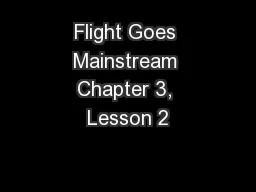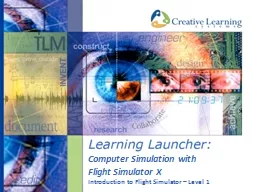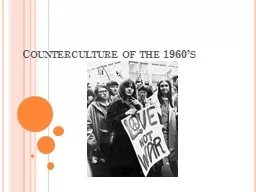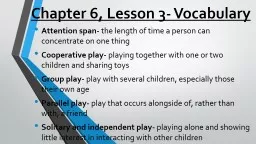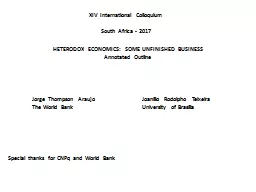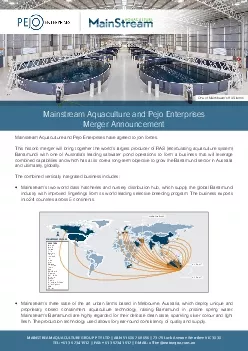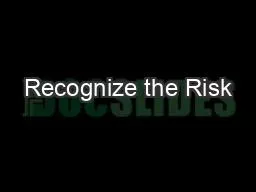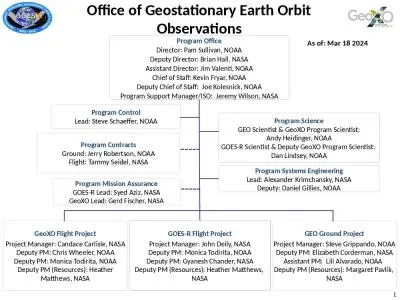PPT-Flight Goes Mainstream Chapter 3, Lesson 2
Author : phoebe-click | Published Date : 2018-09-23
Overview Charles Lindberghs famous contribution to aviation The significance of the first transatlantic flight Other significant contributions that helped flight
Presentation Embed Code
Download Presentation
Download Presentation The PPT/PDF document "Flight Goes Mainstream Chapter 3, Lesson..." is the property of its rightful owner. Permission is granted to download and print the materials on this website for personal, non-commercial use only, and to display it on your personal computer provided you do not modify the materials and that you retain all copyright notices contained in the materials. By downloading content from our website, you accept the terms of this agreement.
Flight Goes Mainstream Chapter 3, Lesson 2: Transcript
Download Rules Of Document
"Flight Goes Mainstream Chapter 3, Lesson 2"The content belongs to its owner. You may download and print it for personal use, without modification, and keep all copyright notices. By downloading, you agree to these terms.
Related Documents

